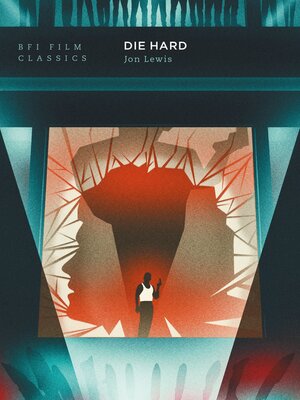
Sign up to save your library
With an OverDrive account, you can save your favorite libraries for at-a-glance information about availability. Find out more about OverDrive accounts.
Find this title in Libby, the library reading app by OverDrive.



Search for a digital library with this title
Title found at these libraries:
| Library Name | Distance |
|---|---|
| Loading... |
Upon its release, John McTiernan's Die Hard (1988) was met with immense commercial and critical success; breaking the $100 million mark at the box office in its first run, and resulting in four Academy Award nominations.
Jon Lewis's study of the action classicclosely examines the film's novel and script adaptation, highlighting the influential role of producer Joel Silver. He delves into Silver's ground-breaking 'whammy theory', which redefined script structure by organizing scripts around timed 'beats' rather than traditional acts or scenes, tracing its impact not only in Die Hard, but also in other iconic franchises like Lethal Weapon, Predator, and The Matrix.
Lewis goes on to consider the film's evocation of post-Vietnam male panic and its connection to the Iron John movement. He highlights Die Hard as a prime example of the 'male rampage film' genre, where white male protagonists express frustration with cultural antagonists like feminism, economic regulation, government bureaucracy, and political corruption. Finally, he reflects on how Die Hard resonated with its 1988 audience, looking for new antagonists in a changing world. The film's anticipation of European radical political groups and later terrorism rooted in North Africa and the Middle East foreshadows the era-defining 'war on terror' that would follow.
Jon Lewis's study of the action classicclosely examines the film's novel and script adaptation, highlighting the influential role of producer Joel Silver. He delves into Silver's ground-breaking 'whammy theory', which redefined script structure by organizing scripts around timed 'beats' rather than traditional acts or scenes, tracing its impact not only in Die Hard, but also in other iconic franchises like Lethal Weapon, Predator, and The Matrix.
Lewis goes on to consider the film's evocation of post-Vietnam male panic and its connection to the Iron John movement. He highlights Die Hard as a prime example of the 'male rampage film' genre, where white male protagonists express frustration with cultural antagonists like feminism, economic regulation, government bureaucracy, and political corruption. Finally, he reflects on how Die Hard resonated with its 1988 audience, looking for new antagonists in a changing world. The film's anticipation of European radical political groups and later terrorism rooted in North Africa and the Middle East foreshadows the era-defining 'war on terror' that would follow.







